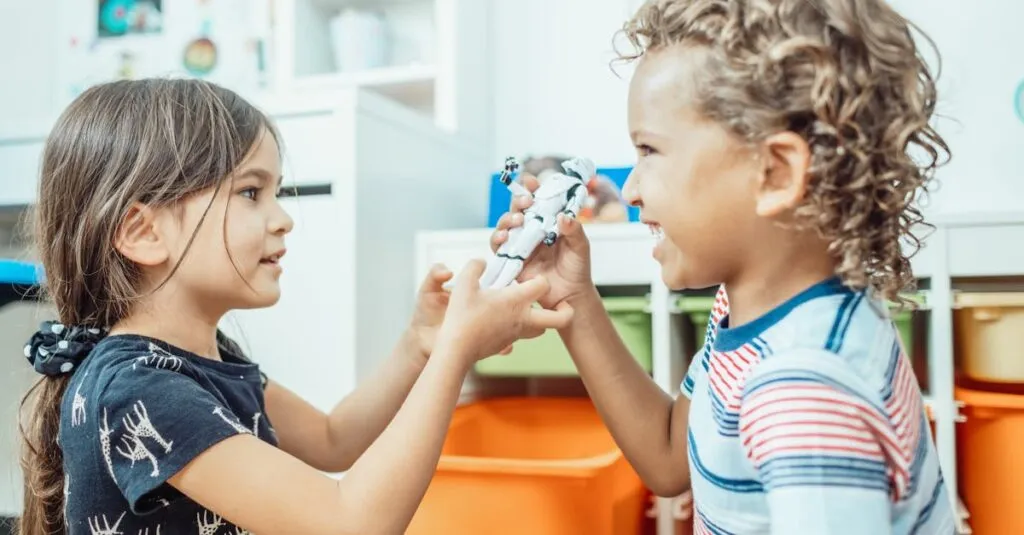Understanding Little People’s Emotional World
Pre-school is the term describing a stage of endless curiosity and boundless energy. Pre-schoolers are like quirky little detectives, eager to understand how the world ticks. Recognizing and responding to emotions with empathy is crucial at this age as it sets the foundation for healthy social interactions.
This journey may seem daunting, but with guidance, it can become an adventure full of laughter and learning. To start, let’s take a closer look at their emotional world.
Imagine feeling all the feelings like a superpower! Sure, tantrums happen, but that’s just part of the learning process. Understanding why emotions matter will help you lead your little ones toward empathetic living.

Why Emotions Matter
- They help children express themselves.
- Emotions are key to understanding others.
- Empathy fosters strong relationships.
- Learning to manage emotions leads to better coping strategies.
Embrace the adventure as you guide your little detectives through their emotional landscape!
Teaching the Art of Recognizing Emotions
The first step to empathy? Recognizing emotions. Kids are tiny emotion experts, feeling things deeply but struggling to label them. Picture this: a pre-schooler of yours, wearing mismatched socks, suddenly acts like a sad puppy because their favorite snack is gone. The scene is adorable yet puzzling.
Here, parents can play a game of emotions! Use pictures or exaggerated facial expressions to help them associate feelings with words. This strengthens their emotional vocabulary, turning confusion into clarity.
Gradually, they’ll start recognizing emotions in others, just like when they imitate animal sounds. Remember, a frowny face = sad, so let’s offer a hug.

Fun Activities to Boost Emotional Intelligence
Injecting fun into emotion education? Absolutely! Think of games that teach empathy as secret ninja training.
Emotion Charades
Begin with ‘Emotion Charades,’ where family members act out emotions for others to guess. This not only teaches recognition but also bonding through laughter.
Storytime
Storytime is another powerful tool. Choose books with rich emotional journeys, prompting discussions on characters‘ feelings.
DIY Emotion Puppets
Crafty parents might even create DIY emotion puppets; Ah, the great puppet detective solving feelings!
These activities seamlessly weave emotional learning into daily life, offering children a playful path toward understanding and responding with empathy.

Creating an Emotionally Supportive Environment
Imagine a home where emotions are as welcomed as cuddles. Creating this haven involves depositing time, patience, and understanding.
Establish an ‘Emotion Corner’
Begin with an ‘Emotion Corner’—a cozy space with:
- Books on emotions
- Soft toys
- Calming colors
This is a safe place for little ones to identify emotions.
Decorate with Purpose
Decorate your walls with an emotion word chart; it’s as essential as a chocolate stash.
Encourage Heart-to-Heart Talks
Heart-to-heart talks should be normalized, where expressing feelings is encouraged. Parents can model empathy by validating their child’s emotional experiences.
Teach Healthy Emotional Management
Remember, your reaction teaches them to manage their feelings in healthy ways. Home is where empathy blossoms.

